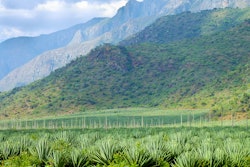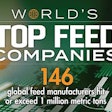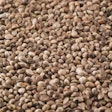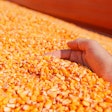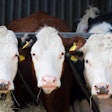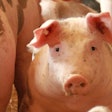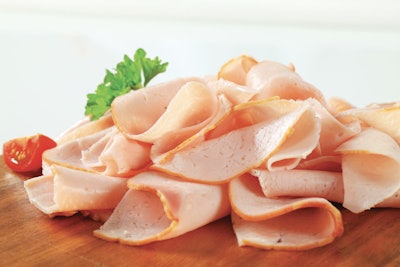
By value, processed chicken meat and breast meat account for 37% of the total global trade in poultry meat. Dark meat may dominate international trade, accounting for 52% by value, but given the higher value of breast and processed meat and strong demand in high income markets, annual shipments, at 3 million metric tons (MT) are worth US$10.7 billion.
Global trade in all poultry meat, according to a recent report by Rabobank, is worth US$32.5 billion, or US$48 billion if intra-EU trade is included, with the biggest importers being China, Japan, the EU, the U.K., Mexico and Saudi Arabia. Brazil has become firmly established as the largest exporter.
By value, global leader Brazil, has gained a 30% share of the global market, almost double that of the U.S. and the E.U., which stand at 16% apiece. The increase in the E.U.’s share of global trade has come about as a result of the U.K. leaving the bloc.
Processed chicken
Of all poultry export markets, it is processed chicken that has the highest value per weight. Trade is worth US$6.7 billion, with volumes standing at 1.7 million MT.
The main importers are Japan, the EU, the U.K. and, albeit to a lesser extent, the U.S. While sales to the Middle East remain relatively limited, the region could become a significant importer.
Thailand dominates the export market for processed chicken, accounting for 41% of the total. The EU, with 19% of the market, has seen its share rise due to trade with the U.K. no longer being classed as intra-EU.
Poland, the Netherlands and Germany are major exporters of processed chicken to the ex-EU member state. Rabobank cites larger, automated processing plants, along with geographic proximity as having improved the position of these countries over recent years.
China stands in third place where exports of processed chicken are concerned, accounting for 16% of global trade in this high value product. The Chinese industry is strongly orientated toward the Japanese market, but there is a growing interest in the EU among Chinese exporters. Most Chinese processed chicken enters the EU market with full tariffs. Unlike Brazil and Thailand, there is no quota for China’s processed chicken exports.
Breast meat
The global breast meat market is valued at US$4 billion, standing at 1.3 MT, with exports concentrated on the EU and the U.K. Other markets with high demand for breast meat, for example, the U.S., Canada and Australia, either do not allow breast meat imports, or, if they do, in limited quantities only. Chile has access to the U.S. market, but shipments are limited.
Brazil’s exports to the EU and the EU’s shipments to the U.K. are the largest breast meat trade flows.
With Thailand, Brazil dominates the EU’s breast meat market, which is highly quota driven, exporting approximately 170,000 MT of frozen chicken and 200,000 MT of salted breast meat in 2023.
Ukraine has been building its position in the EU over the last decade. Following the start of the Russo-Ukrainian war, the country was granted two years unlimited market access, with subsequently introduced quotas larger than those in place pre-war. Its exports to the EU reached 240,000 MT in 2022.
Ukraine has an advantage over Brazil and Thailand in exporting to the EU market in that, due its geographic proximity, it can ship chilled chicken, competing with local producers.
The past 10 years has seen Japan and Mexico emerge as growing markets for breast meat. In the case of Japan, this has been driven by growing health awareness and growing demand for processed chicken. Mexico has become an alternative market for Mexico’s breast meat trade.




